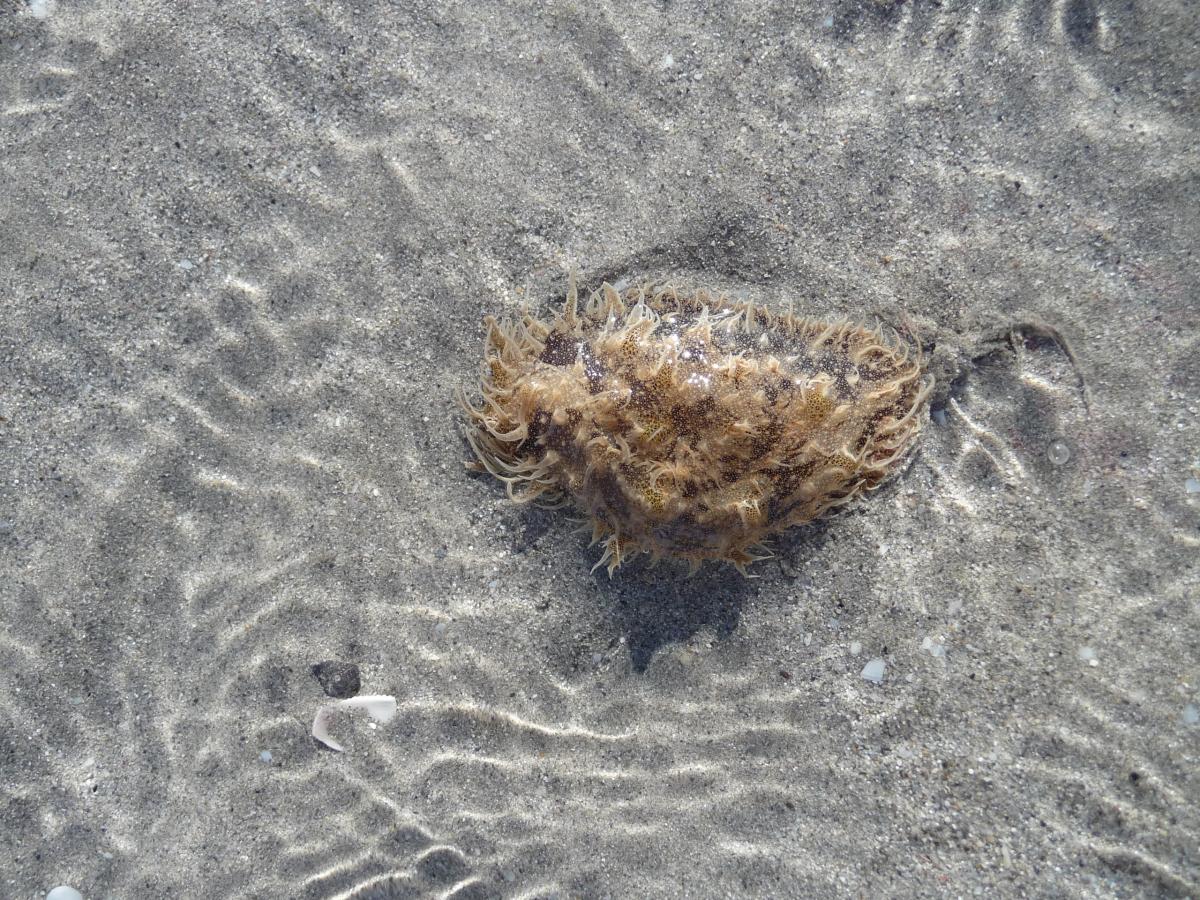August 12, 2015
A dangerous swim for the Mediterranean
443 – This is the estimated number of Indo-Pacific invasive marine species that have entered the Mediterranean Sea through the Suez Canal since its opening in 1869. These species have found the Mediterranean to be a comfortable place to live, but then, who wouldn’t? However, these Indo-Pacific species are not as accommodating as their new home and are often noxious, poisonous, or venomous, posing threats to both the Mediterranean marine ecosystems and human health.
On the 6th of August, the enlargement of the Suez Channel was inaugurated. The scientific community is justifiably outraged as an Environmental Impact Assessment had not been carried out; a United Nation mandatory study to assess the potential impact of further invasions from non-Mediterranean species and define mitigation actions.
At this stage, we don’t know what the consequences of this enlargement might be. However, what we do know is that Western Mediterranean coastal communities have severely been affected already by these migrations, also known as Lessepsian migrations. Since the early 80s, a jellyfish, Rhopilema nomadica, has been responsible for forming huge swarms each summer off Israeli coasts affecting tourism, fisheries and coastal installations. Since the early 2000s, the “silverside” pufferfish, Lagocephalus sceleratus, has been spreading across the entire Mediterranean posing severe health hazards as it contains a strong neurotoxin and also damaging fishing nets. These are just two of the most well-known examples from the 443 invasive species recorded so far in the Mediterranean Sea.
Even without an assessment study, the history of Lessepsian migrations indicates that the enlargement clearly risks further long-term detrimental impacts to the health of Mediterranean ecosystems and coastal communities. Decision makers should seriously consider this when planning strategies. In particular, in the case of fisheries, healthy fish stocks managed at sustainable levels are more likely to counteract any additional external impacts rather than overexploited and mismanaged stocks.
Mediterranean Sea coastal communities are deeply connected to the sea and a long-term sustainable management vision is vital for their futures. The Suez Canal has been endangering the Mediterranean for almost 150 years and although naivety can excuse its previous environmental impacts, we don’t have that excuse this time around.

Look familiar? Invasive nudibranch, Bursatella leachii, from Suez Canal. ©Silvia Garcia/Oceana, Spain, 2011.

